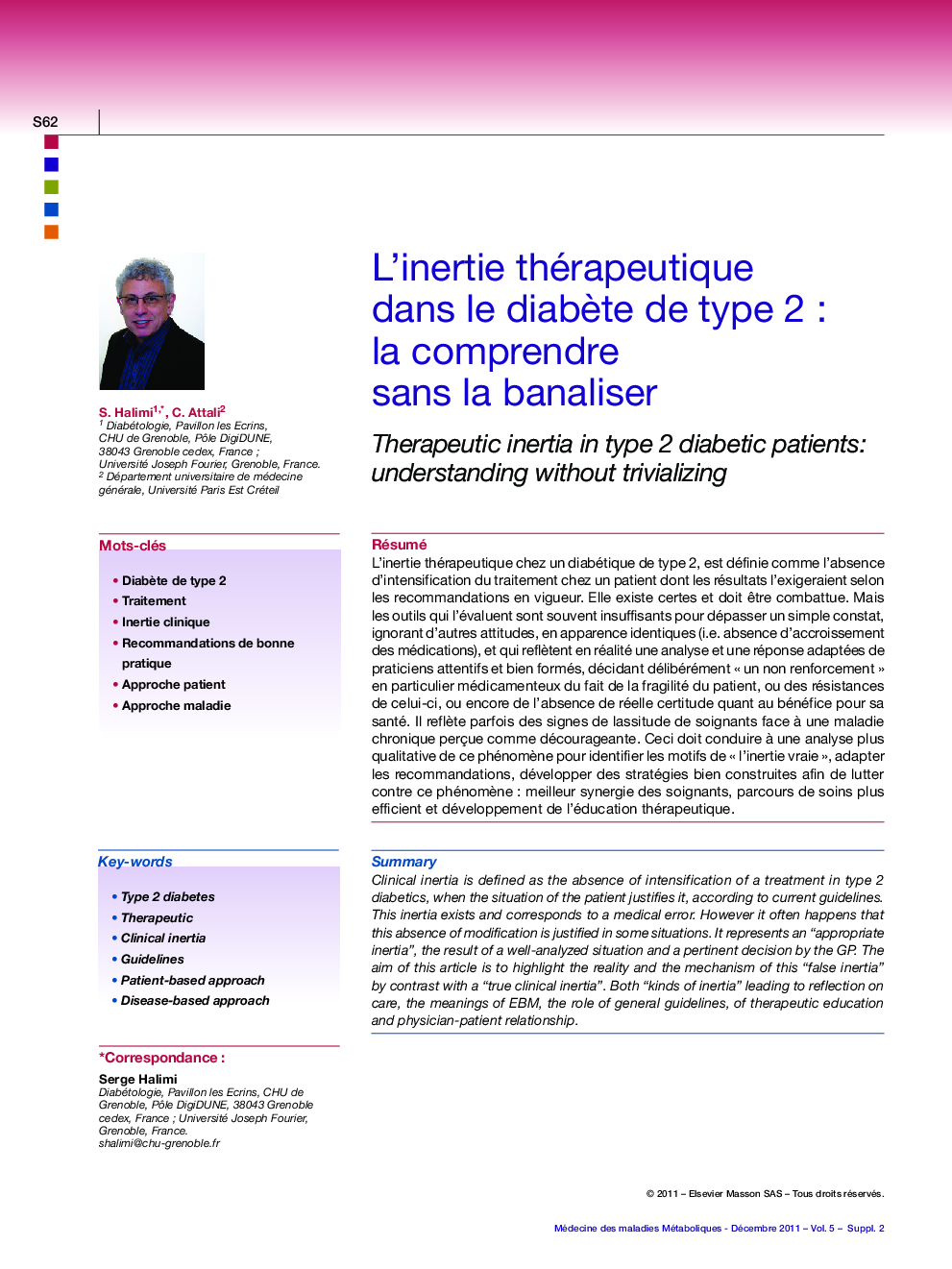| Article ID | Journal | Published Year | Pages | File Type |
|---|---|---|---|---|
| 3275104 | Médecine des Maladies Métaboliques | 2011 | 7 Pages |
Abstract
Clinical inertia is defined as the absence of intensification of a treatment in type 2 diabetics, when the situation of the patient justifies it, according to current guidelines. This inertia exists and corresponds to a medical error. However it often happens that this absence of modification is justified in some situations. It represents an “appropriate inertia”, the result of a well-analyzed situation and a pertinent decision by the GP. The aim of this article is to highlight the reality and the mechanism of this “false inertia” by contrast with a “true clinical inertia”. Both “kinds of inertia” leading to reflection on care, the meanings of EBM, the role of general guidelines, of therapeutic education and physician-patient relationship.
Keywords
Related Topics
Health Sciences
Medicine and Dentistry
Endocrinology, Diabetes and Metabolism
Authors
S. Halimi, C. Attali,
